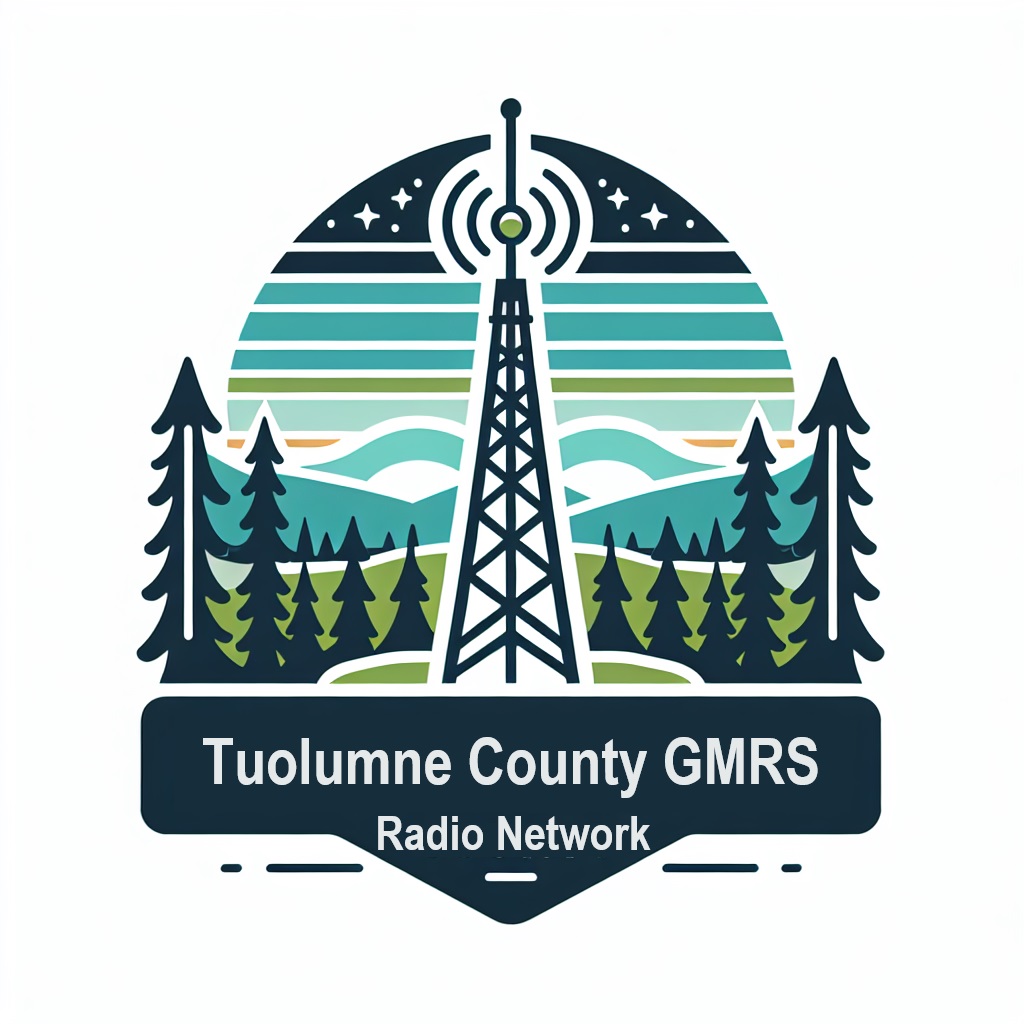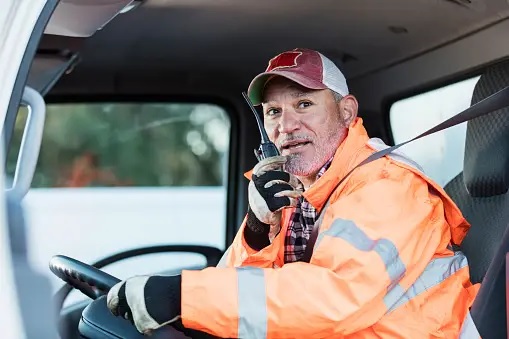By Safeopedia Staff
Published: May 24, 2019
Presented by AD Safety Network
Clear communication over radio makes for a safer job site as long as people approach it with respect and don’t clog the channel with unnecessary chatter.
Have you ever been in a meeting or a presentation where everyone starts talking all at once? It can be very confusing, distracting, and difficult to interpret.
Now, imagine the same thing happening over a closed loop radio. It makes interpreting the messages coming through it almost impossible.
The implications for safety are vast, especially if someone acts on a misinterpreted information. Accidents happen because of misinterpreted messages over handheld radios. With the right protocols, however, you can communicate through hand-held radios knowing that your messages are going through clearly and quickly.
Radio Certification
Whether you’re a first-time radio user or a seasoned veteran, the following information may help you become a safer and more effective worker.
In many parts of the United States and in Canada, radio certification is required for some jobs, especially if you’ll be using the radio as part of an air-to-ground communications platform. These types of jobs may include situations in which you communicate with helicopter or airplane pilots engaged in fighting wildfires or in military field operations.
Of course, reading this article won’t give you the certification, but it will help you get prepped to ace a course in radio communications
(For more on safety training options, see Safety Training Eating Up Your Budget?)
Channels for Communication
First, get to know the different types of radios you could be using at work. There are walkie-talkie radios, hand-held radios, and others, so do a little research on the various models and find the one that best suits your style and needs.
All radios have various channel options, so you can talk on an alternate channel if one of them is in use by another party. This is a critical feature, but it can also make communication confusing. Many people will continue to talk without ever receiving a reply, and chances are good that a non-reply is due to being on the wrong channel. Always identify your preferred channel with your co-workers so you are able to communicate.
It may also be necessary to identify some backup channels in case unrelated users happen on the same channel or there are too many crews on a single channel to communicate effectively. If that’s the case, you can clear up communication by dividing the worksite into zones or regions and assigning each its own specific channel.
Changing the channel is easy as rotating a little switch where the channels are denoted by numbers, so you can easily tell what channel you’re on. All of the channels can then be centrally monitored to ensure no messages that affect the entire job site are missed due to segregated communication.
(Learn How to Overcome Language Barriers in Safety Training.)
Protocols for Radio Communication
Once you’ve figured our your preferred channel, you are ready to send and receive messages. Since many worksites often have more than one worker on a channel, it is important to exercise some restraint. Avoid long, drawn-out conversations. Save the coffee or water-cooler talk for when you see each other in person, rather than tying up the radio channels.
(For related reading, see Face-to-Face Safety: The Right Way to Build a Safety Culture.)
Here are some basic protocol principles for exercising good radio practices:
- Do not talk over someone else. If you hear someone talking, wait until you hear them stop before chiming in.
- Only respond to a call that is for you. Often people will call using a call sign. For example, they will report by saying, “RJ to Kris, are you by?” A standard answer would be, “Kris here, go ahead.” The idea is that the call has been acknowledged and the message is waiting to be received.
- Be aware that others could listen in. Since many radio channels are open to the public and monitored via scanners and other devices, it is important to never give out confidential or private information since this information can be easily received by third parties.
- Always check your battery to ensure a good level of energy, and always carry a backup battery.�If there is an emergency and your battery has died, it could make the difference between life and death for your co-worker, so always keep a good battery on hand.
- Check in on a regular schedule.�Check in with your co-workers every hour or couple of hours to make sure the work is being carried out safely and that the radios are in good working order.
- Get to know the short language of radio communications. Clarity, simplicity, and brevity are the core rules for the language of radio communication. Though some sites have their own language that evolved either across their industry or at their particular company, most share a common base. You’re probably aware of some of them, like saying “over” to tell the listener you are done speaking or saying “copy” to signal that you understood what was said. “Say again” is a simple way to get the speaker to repeat what they just said, and “break, break, break” is an important one to know – it is used to silence all conversation on the channel to communicate an emergency.
Safety Thrives on Clear Communication
Radios can make communication within a large job site a breeze. It closes the physical gaps and can keep information flowing. On any job site, you want to familiarize yourself with the channel or channels your company uses, make sure your equipment is in working order with backup power, and put in a little extra effort to learn some of the radio language that helps with clarity, simplicity, and brevity.
If everyone follows the protocols, approaches it with respect, and avoids clogging up the channel with unnecessary chatter, radio communication can stay clear and make for a safer job.


